Celebrating The Year Of The Wood Dragon: A Guide To Chinese New Year 2025 In Singapore
Celebrating the Year of the Wood Dragon: A Guide to Chinese New Year 2025 in Singapore
Related Articles: Celebrating the Year of the Wood Dragon: A Guide to Chinese New Year 2025 in Singapore
Introduction
In this auspicious occasion, we are delighted to delve into the intriguing topic related to Celebrating the Year of the Wood Dragon: A Guide to Chinese New Year 2025 in Singapore. Let’s weave interesting information and offer fresh perspectives to the readers.
Table of Content
Celebrating the Year of the Wood Dragon: A Guide to Chinese New Year 2025 in Singapore
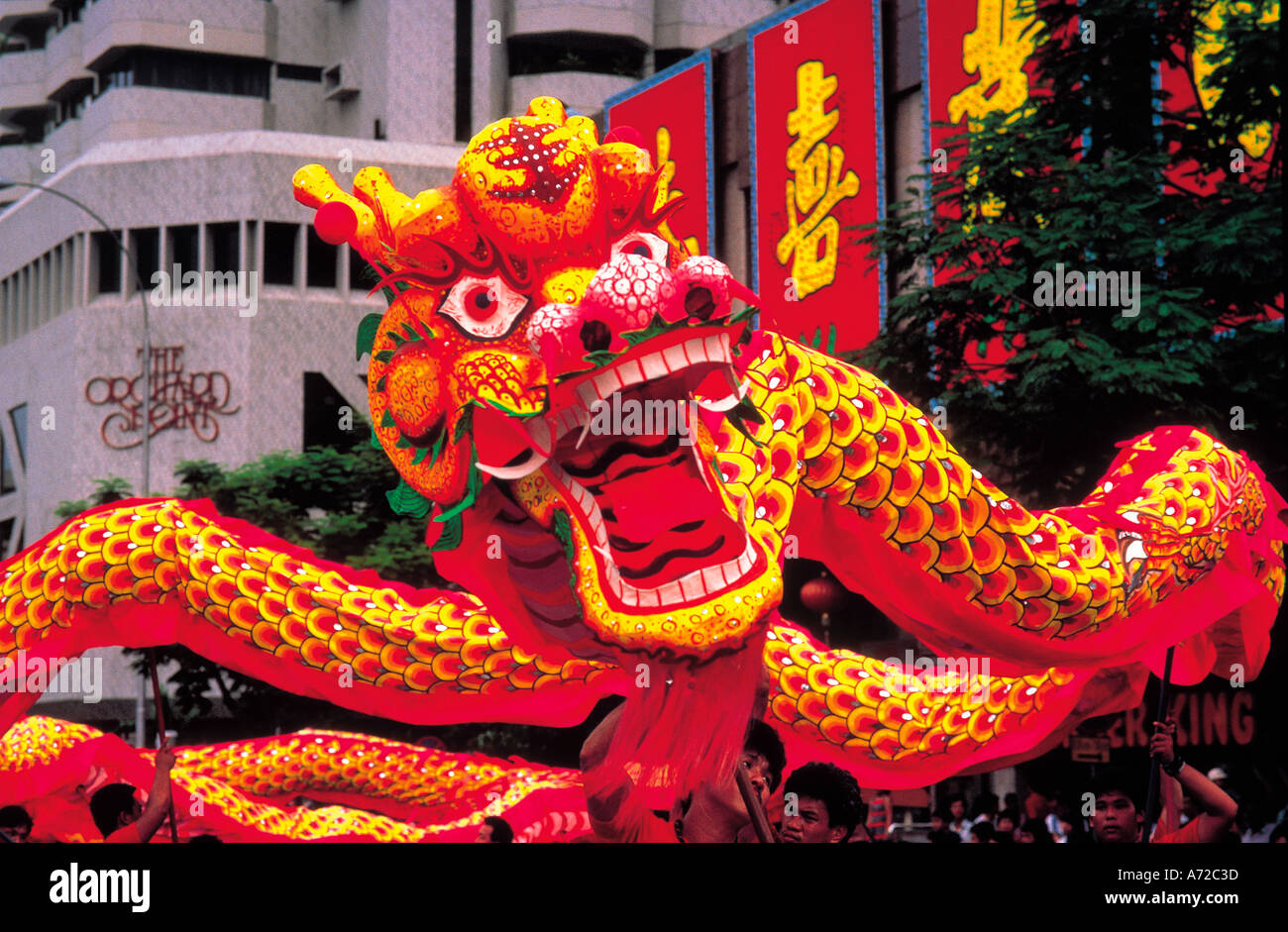
Chinese New Year, a vibrant celebration steeped in tradition and cultural significance, holds a special place in Singapore’s diverse tapestry. This annual festival, observed by the country’s significant Chinese population, is a time of joyous reunions, bountiful feasts, and auspicious rituals.
The upcoming Chinese New Year in 2025, which falls on February 10th, marks the Year of the Wood Dragon. This particular zodiac sign is associated with strength, ambition, and a strong sense of purpose. The year is expected to bring opportunities for growth, innovation, and new beginnings.
The Essence of Chinese New Year in Singapore
The celebration of Chinese New Year in Singapore is a testament to the country’s multicultural heritage, where traditions are embraced and shared. The festivities are a blend of ancient customs and contemporary practices, offering a unique and enriching experience.
Key Elements of the Celebration:
- Reunion Dinners (Reunion Dinner): The centerpiece of the celebration, the Reunion Dinner on New Year’s Eve, brings families together for a sumptuous meal filled with symbolic dishes. Dishes like fish (representing abundance), dumplings (symbolizing wealth), and spring rolls (signifying prosperity) are staples of the meal.
- Red Envelopes (Ang Pao): A cherished tradition, red envelopes containing lucky money are given to children and unmarried adults by married couples and elders. This gesture symbolizes good fortune and blessings for the year ahead.
- Lion and Dragon Dances: These vibrant and energetic performances are a highlight of the festivities. The lion dance, a symbol of good luck and prosperity, is believed to ward off evil spirits. The dragon dance, representing strength and power, symbolizes the bringing of good fortune.
- Firecrackers and Fireworks: The booming sounds of firecrackers and the dazzling displays of fireworks are integral to the celebration. They are believed to scare away bad luck and usher in good fortune.
- Decorations: Homes and streets are adorned with festive decorations, including red lanterns, paper cuttings, and auspicious symbols. The color red, symbolizing good luck and joy, is prominent throughout the celebration.
- Temple Visits: Many Singaporeans visit temples to pay their respects to their ancestors and deities, seeking blessings for the new year.
- New Year’s Eve Countdown: Gatherings and parties are common, with many choosing to welcome the new year at iconic landmarks like Marina Bay Sands or the Singapore Flyer.
Beyond the Festivities: The Significance of Chinese New Year
Beyond the vibrant celebrations, Chinese New Year holds a deep cultural and spiritual significance. It is a time for reflection, gratitude, and renewal. Families come together to strengthen their bonds, honor their ancestors, and look forward to a prosperous year ahead.
The festival also serves as a reminder of the importance of family, community, and cultural heritage. It fosters a sense of unity and belonging, bringing people together from all walks of life.
The Economic Impact of Chinese New Year
Chinese New Year is a significant economic event in Singapore, driving tourism, retail sales, and hospitality. The festive season sees a surge in travel and shopping, as people indulge in traditional treats, new clothes, and gifts for loved ones. Businesses capitalize on the celebratory mood, offering special promotions and packages to attract customers.
FAQs about Chinese New Year in Singapore:
Q: What are the traditional foods eaten during Chinese New Year in Singapore?
A: A variety of traditional dishes are enjoyed during Chinese New Year, including:
- Nian Gao (Sticky Rice Cake): Represents a wish for a prosperous and successful year.
- Fish: Symbolizes abundance and prosperity.
- Dumplings: Represent wealth and good fortune.
- Spring Rolls: Signify prosperity and good luck.
- Mandarin Oranges: A symbol of good luck and wealth.
Q: What are the popular places to visit during Chinese New Year in Singapore?
A: Singapore offers a vibrant experience during Chinese New Year, with many popular destinations:
- Chinatown: The heart of the celebration, Chinatown is adorned with festive decorations and offers a wide range of traditional food, souvenirs, and cultural performances.
- Singapore Botanic Gardens: The Gardens host a Chinese New Year flower exhibition, showcasing a dazzling array of blooms and traditional decorations.
- Gardens by the Bay: This iconic attraction features festive light displays and special performances during the Chinese New Year period.
- National Museum of Singapore: The museum hosts special exhibitions and events related to Chinese New Year, offering insights into the history and traditions of the celebration.
Q: What are the common customs and traditions during Chinese New Year in Singapore?
A: Several customs and traditions are observed during Chinese New Year:
- Wearing Red Clothing: Red is a symbol of good luck and joy, and many people wear red clothing during the festivities.
- Giving Red Envelopes (Ang Pao): Married couples and elders give red envelopes filled with lucky money to children and unmarried adults.
- Cleaning the House: Before the new year, houses are thoroughly cleaned to sweep away bad luck and make way for good fortune.
- Avoiding Negative Words: Negative words and phrases are avoided during the celebration, as they are believed to bring bad luck.
- Respecting Elders: Respect and deference to elders is emphasized during the celebration.
Tips for Enjoying Chinese New Year in Singapore:
- Plan Ahead: Book accommodations and flights well in advance, especially if traveling during peak season.
- Respect Local Customs: Be mindful of local customs and traditions, including avoiding negative words and phrases.
- Dress Appropriately: Consider wearing red clothing or festive attire to embrace the celebratory spirit.
- Sample Traditional Foods: Indulge in the delicious traditional dishes and snacks available during the festivities.
- Attend Cultural Events: Enjoy the vibrant performances and events held throughout Singapore during Chinese New Year.
- Be Patient: Expect crowds and long lines, especially during peak hours.
- Embrace the Festive Atmosphere: Immerse yourself in the vibrant and joyous atmosphere of the celebration.
Conclusion: Embracing the Spirit of Chinese New Year
Chinese New Year in Singapore is a vibrant tapestry of tradition, culture, and community. It is a time for families to come together, celebrate their heritage, and look forward to a prosperous year ahead. The festivities offer a unique and enriching experience for locals and visitors alike, showcasing the richness of Singapore’s multicultural heritage. As the Year of the Wood Dragon dawns, it promises a year of growth, innovation, and new beginnings, making it an auspicious time to celebrate in Singapore.
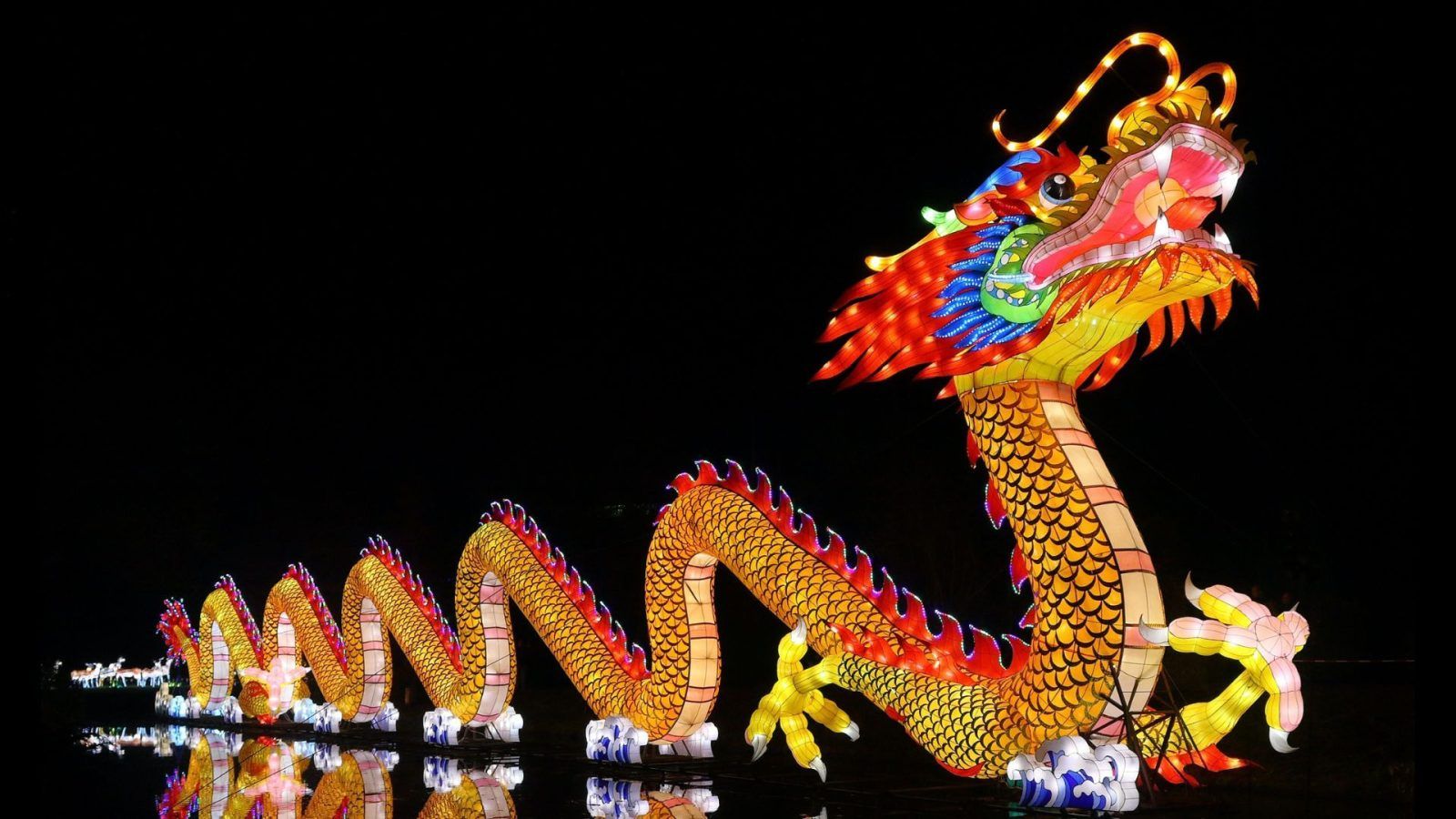
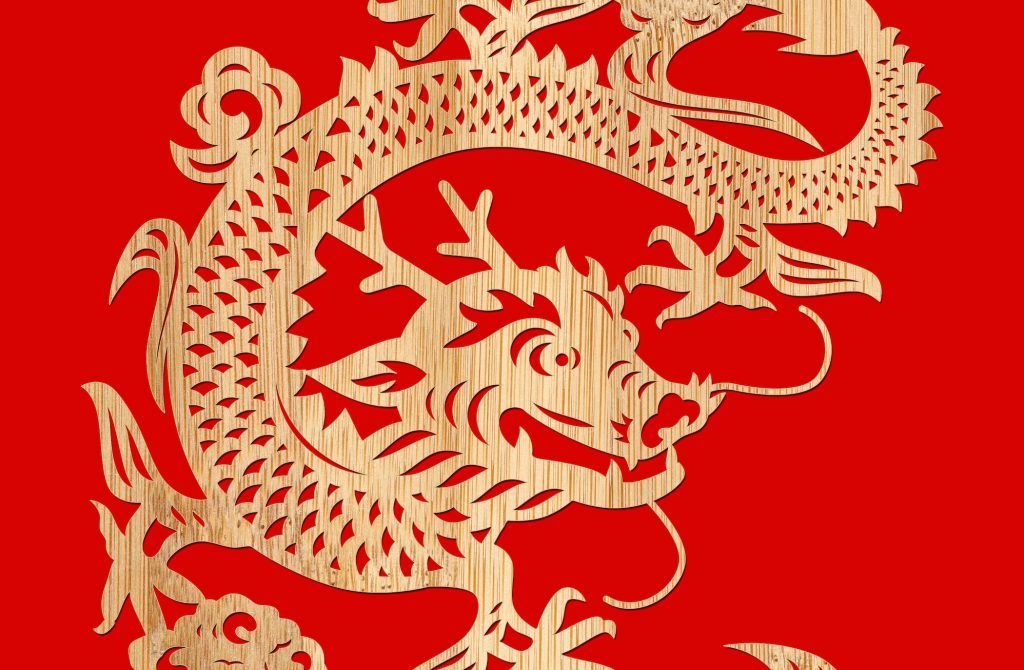
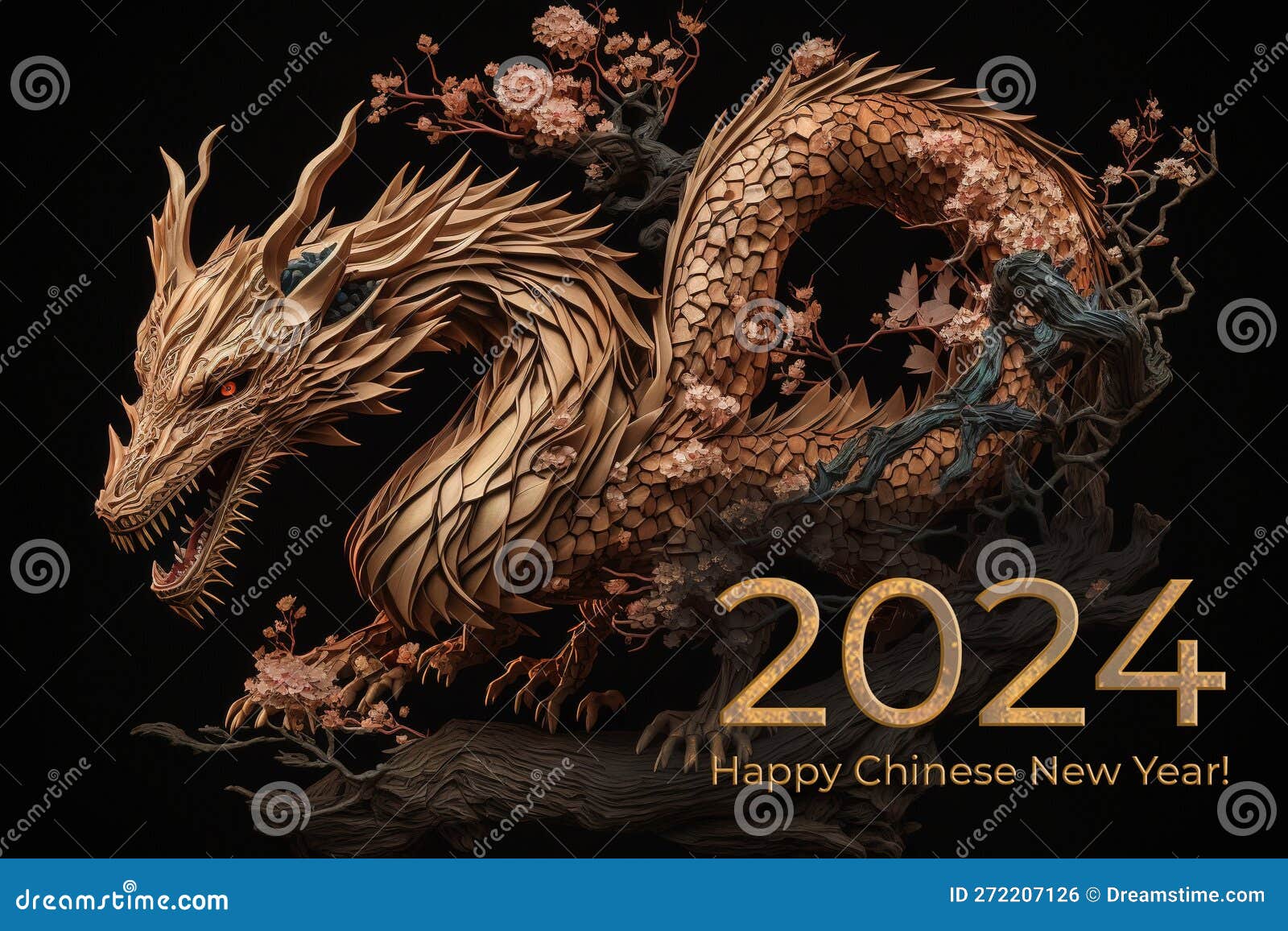
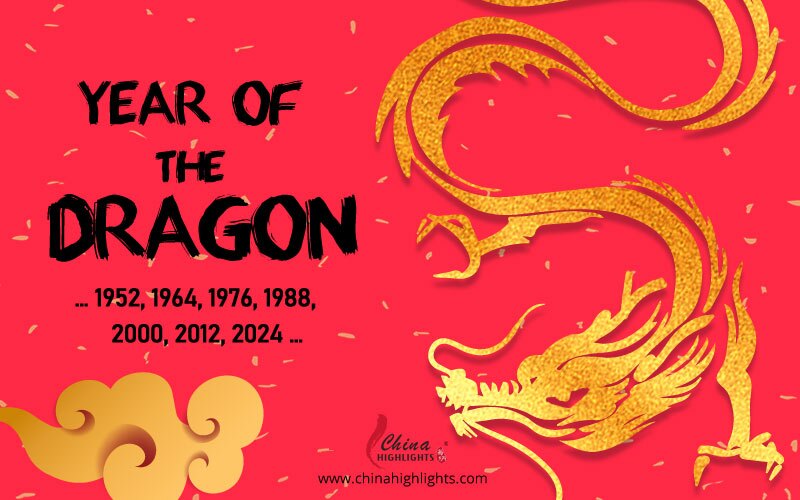



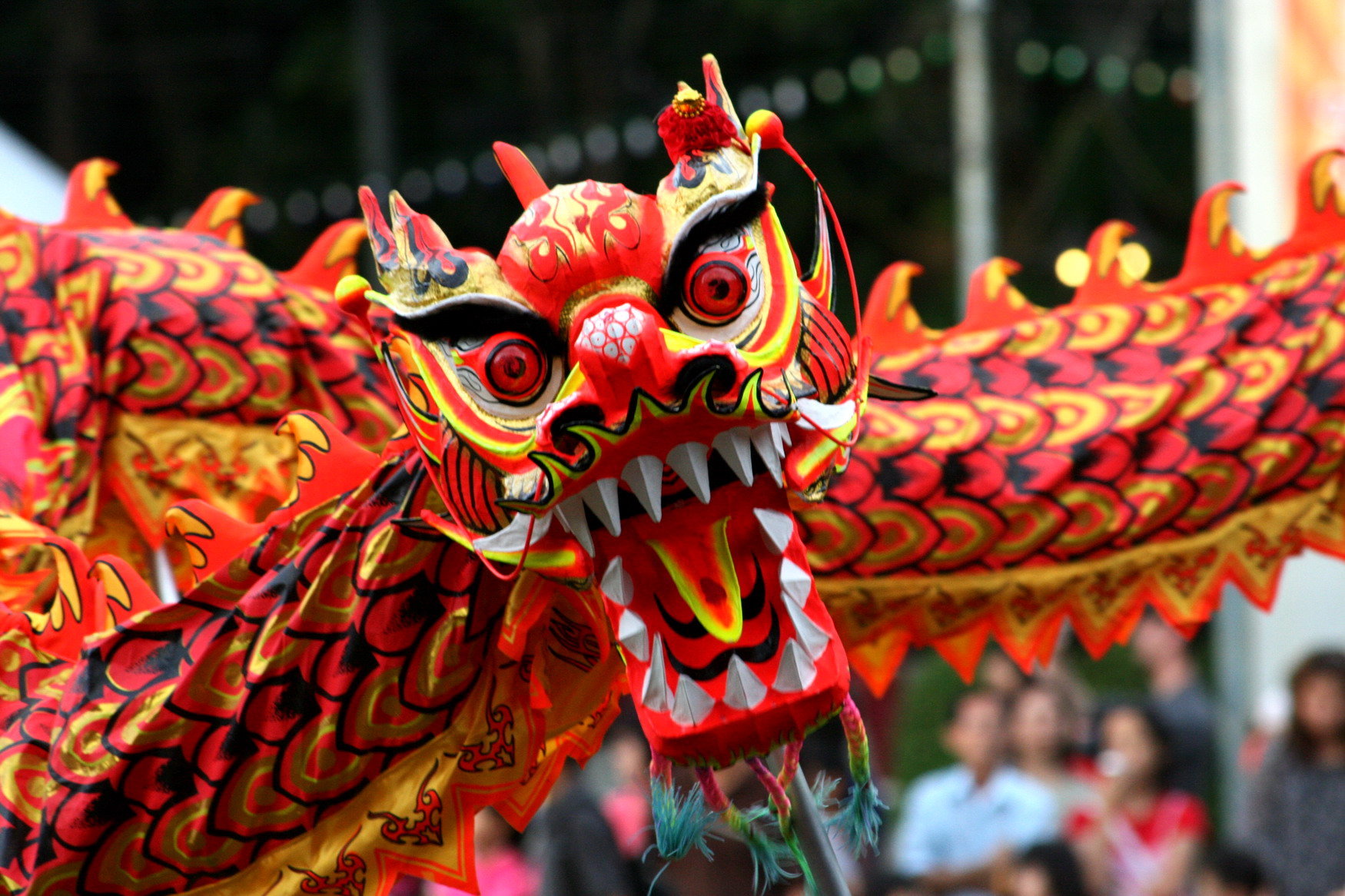
Closure
Thus, we hope this article has provided valuable insights into Celebrating the Year of the Wood Dragon: A Guide to Chinese New Year 2025 in Singapore. We thank you for taking the time to read this article. See you in our next article!